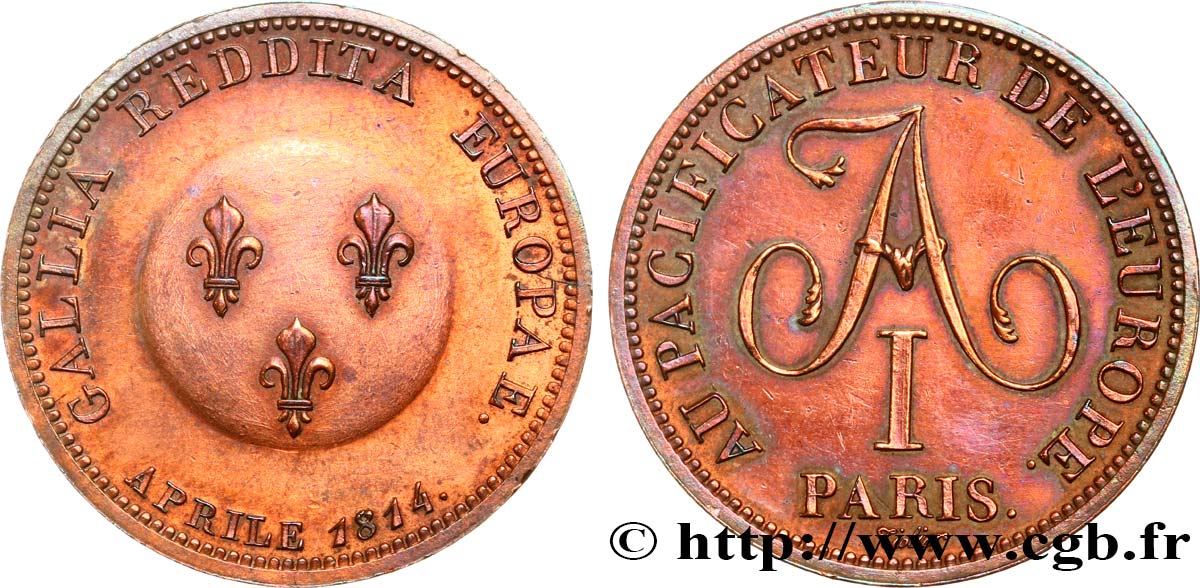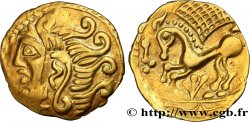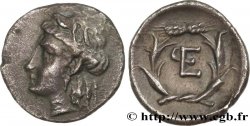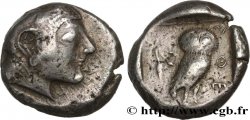Live auction - fmd_465435 - Au Pacificateur de l’Europe, module de 2 francs pour Alexandre Ier de Russie 1814 Paris VG.2351
You must signin and be an approved bidder to bid, LOGIN TO BID. Accounts are subject to approval and the approval process takes place within 48 hours. Do not wait until the day a sale closes to register. Clicking on "BID" constitutes acceptance of the terms of use of cgb.fr private live auctions.
Bids must be placed in whole Euro amounts only. The sale will start closing at the time stated on the item description; any bids received at the site after the closing time will not be executed. Transmission times may vary and bids could be rejected if you wait until the last second. For further information check the Live auction FAQ
All winning bids are subject to a 18% buyer’s fee.
All winning bids are subject to a 18% buyer’s fee.
| Estimate : | 300 € |
| Price : | 445 € |
| Maximum bid : | 450 € |
| End of the sale : | 30 January 2018 15:56:28 |
| bidders : | 2 bidders |
Type : Au Pacificateur de l’Europe, module de 2 francs pour Alexandre Ier de Russie
Date: 1814
Mint name / Town : Paris
Metal : bronze
Diameter : 27 mm
Orientation dies : 12 h.
Weight : 8,45 g.
Edge : lisse
Rarity : R1
Coments on the condition:
Exemplaire nettoyé
Catalogue references :
Obverse
Obverse legend : GALLIA REDDITA EUROPAE. / APRILE 1814..
Obverse description : Légende circulaire ; trois fleurs de lis au centre.
Reverse
Reverse legend : AU PACIFICATEUR DE L'EUROPE. / A / I / PARIS..
Reverse description : Légende circulaire ; "A" cursif ; signature TIOLIER .
Commentary
Les exemplaires en bronze sont plus courants que ceux en argent. Il existe deux types de tranche : tranche lisse et tranche cannelée en relief.
Ces monnaies distribuées aux souverains des puissances alliées et à leurs suites lors de leur visite de la Monnaie de Paris ont fait l'objet d'un article dans le Bulletin Numismatique n° 016. Leur fabrication a coûté 6 118 francs 85 centimes. Les pièces frappées, appelées pièces de plaisir, ne servaient qu’à constater leur présence et n’étaient donc pas destinées à être distribuées au public ce qui explique leur rareté. Quelques unes seulement ont été remises aux souverains et aux personnes les accompagnant. Pour les trois souverains alliés, les archives de la Monnaie de Paris révèlent que des pièces en or, en argent et en bronze, au module de 2 et 5 francs, ont été frappées pour chacun d’eux sans malheureusement indiquer le chiffre exact de ces fabrications.
Bronze coins are more common than silver ones. There are two types of edges: smooth edges and raised fluted edges. These coins, distributed to the sovereigns of the Allied powers and their entourages during their visit to the Paris Mint, were the subject of an article in the Bulletin Numismatique No. 016. Their production cost 6,118 francs 85 centimes. The coins minted, called \\\"pièces de plaisir\\\" (pleasure coins), were only used to mark their presence and were therefore not intended for public distribution, which explains their rarity. Only a few were given to the sovereigns and those accompanying them. For the three Allied sovereigns, the archives of the Paris Mint reveal that gold, silver, and bronze coins, in denominations of 2 and 5 francs, were minted for each of them, unfortunately without indicating the exact figure for these productions.
Ces monnaies distribuées aux souverains des puissances alliées et à leurs suites lors de leur visite de la Monnaie de Paris ont fait l'objet d'un article dans le Bulletin Numismatique n° 016. Leur fabrication a coûté 6 118 francs 85 centimes. Les pièces frappées, appelées pièces de plaisir, ne servaient qu’à constater leur présence et n’étaient donc pas destinées à être distribuées au public ce qui explique leur rareté. Quelques unes seulement ont été remises aux souverains et aux personnes les accompagnant. Pour les trois souverains alliés, les archives de la Monnaie de Paris révèlent que des pièces en or, en argent et en bronze, au module de 2 et 5 francs, ont été frappées pour chacun d’eux sans malheureusement indiquer le chiffre exact de ces fabrications.
Bronze coins are more common than silver ones. There are two types of edges: smooth edges and raised fluted edges. These coins, distributed to the sovereigns of the Allied powers and their entourages during their visit to the Paris Mint, were the subject of an article in the Bulletin Numismatique No. 016. Their production cost 6,118 francs 85 centimes. The coins minted, called \\\"pièces de plaisir\\\" (pleasure coins), were only used to mark their presence and were therefore not intended for public distribution, which explains their rarity. Only a few were given to the sovereigns and those accompanying them. For the three Allied sovereigns, the archives of the Paris Mint reveal that gold, silver, and bronze coins, in denominations of 2 and 5 francs, were minted for each of them, unfortunately without indicating the exact figure for these productions.








 Report a mistake
Report a mistake Print the page
Print the page Share my selection
Share my selection Ask a question
Ask a question Consign / sell
Consign / sell
 Full data
Full data










